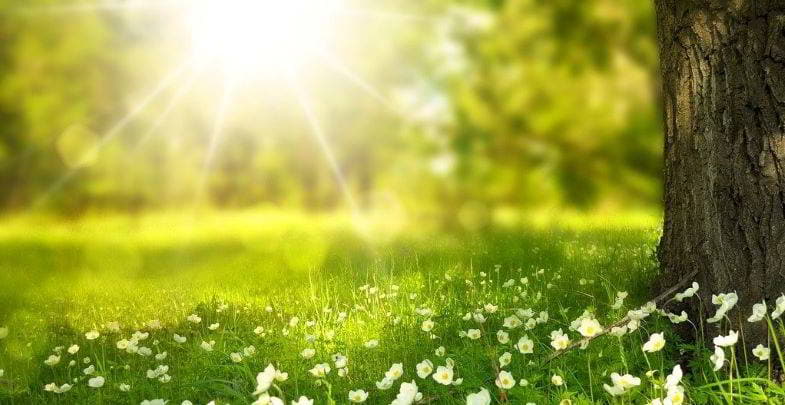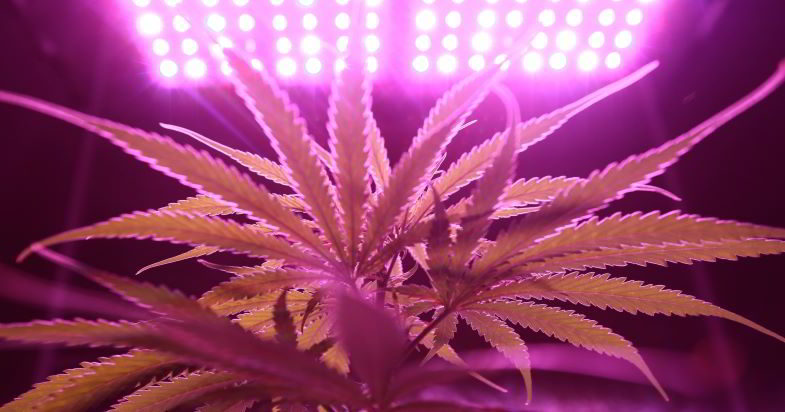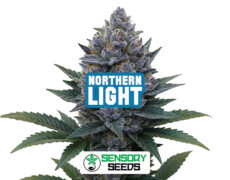Modified on: 20/09/2022
Let’s discover together the importance of the photoperiod for plant development and flowering (including hemp)
If you are passionate about plants and like to learn how to take care of them, you will probably have often come across words such as ‘photoperiod’, ‘photoperiodic’ and ‘photoperiodism‘.
As the word’s etymology suggests (Der. of Gr. phòs photós ‘light’), it indicates the period of light to which plants are exposed for 24 hours.
Plant development depends on many factors, and the success of the vegetative and flowering phases is also strongly influenced by the cycles of light and darkness.
In this article on our SensorySeeds blog, we will help you shed some light on the subject so that you will have no more doubts during your following plant research.
Here’s what you should know.


Photoperiod: what is it?
Like humans and animals, plants need to follow physiological rhythms (circadian rhythms) that regulate several vital functions in a day to grow and live optimally. These rhythms are marked by the cycles of light and darkness—the photoperiod.
The photoperiod tells plants how time, days, and seasons pass. It is essential as it allows them to plan all phases of development, such as growth, flowering, and reproduction.
Read also: Harvesting autoflowering: do pistils give the signal?
Photoperiodism in agriculture
In nature, the photoperiod remains constant only on the equator, while in the rest of the world, i.e., further south and further north, the light periods change periodically. As a result, there are up to 24 hours of uninterrupted light or darkness at the poles.
The many plant species that inhabit our planet have adapted to the changes in the different areas, and to get the best out of agriculture, this must be considered.
Based on their ideal photoperiod, we can talk about four categories of plants:
- long-day (or long-day) plants
These are plants that thrive best when the days are long and flower when the 14 hours of light are exceeded (e.g., barley, potatoes, oats, tomatoes…); - brevidiurnal (or short-day) plants
These are plants that do well when the day length is short (preferably less than 12 hours) and that flower when there are less than 10 hours of light (e.g., rice, maize, tobacco, hemp…); - brevilongidiurnal
To this category belong those plants that can be exposed to both long and short light cycles and that, periodically, need exposure to low temperatures (e.g., wheat, barley, rye…); - neutro-diurnal (or day-neutral)
These plants are insensitive to the photoperiod and whose flowering depends solely on the ambient temperature. (e.g., auto-flowering dwarf plants).
Nowadays, thanks to the greenhouse and indoor cultivation, it is possible to modify the natural photoperiod, affecting the development of many plant species.
In particular, by increasing the hours of light, it is possible to accelerate the growth of plants during the vegetative phase. Conversely, by decreasing the hours of light, it is possible to anticipate flowering (naturally, this is done considering the natural needs of each category of plant).


The photoperiod for cannabis plants
As seen in the previous paragraphs, the words photoperiod and photoperiodic refer to the hours of light in 24 hours.
The cycles of light and dark, as with other plants, also impact the growth and flowering of hemp. But before continuing with this discussion, a distinction must be made.
Today there are both photoperiodic hemp varieties and plants grown from auto-flowering seeds.
What is the difference between the two?
The former need to follow the rhythms of light and dark to develop and flower; the latter go from germination to flowering in about 60 days, regardless of the time of year and the hours of light to which they are exposed (neutrodiurnal plants).
As far as photoperiodic varieties are concerned, we can say that hemp plants grown outdoors start to flower when there are less than 15 hours of light.
In indoor cultivation, on the other hand, hemp plants are subjected to different light and dark cycles to speed up flowering time. During the vegetative phase, some people prefer the 24/0 photoperiod (lights on all the time) and others the 18/6 photoperiod, although there are many other variables.
Once the plants have developed to their full potential, you can increase the hours of darkness to 12/12 to induce flowering. This photoperiod can be maintained throughout the flowering phase to the harvest stage.
Read also: Cannabis: how to obtain dense, compact buds
To conclude
As we have seen, the photoperiod has an enormous influence on the life cycle of plants, which is why it is essential to know the characteristics of the plants you are going to grow to use them to your advantage.
Only auto-flowering and neutro-diurnal plants are immune to variations in the light-dark cycle.
You should now have a clear idea of what this is all about, but if you want to keep up to date with all the other interesting facts, follow all the updates on our SensorySeeds blog.
And that’s not all. If you love collecting marijuana seeds of the best genetics (feminized seeds, fast seeds, etc.), choose from the many offerings in our e-shop.
We look forward to seeing you on SensorySeeds.com!









